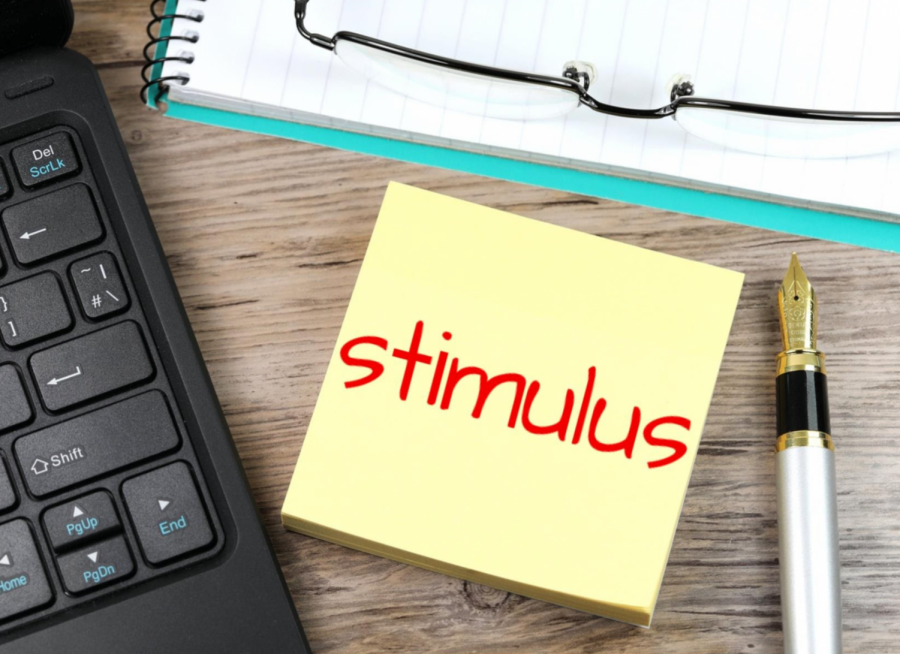Federal coronavirus relief to come with congressional approval of Biden’s stimulus bill
March 18, 2021
The Democrat-controlled Senate voted to pass a $1.9 trillion COVID-19 relief bill on March 6. Then on March 10, House Democrats made a final vote on President Joe Biden’s relief bill.
Biden’s stimulus package, which aims to aid small businesses, arrives at a time when states like New York have announced that indoor dining will increase their capacity to 50% stating March 19.
The COVID-19 relief bill also includes a number of financial assistance initiatives for individuals. Most notably, this stimulus bill included a third round of $1400 stimulus checks.
The upcoming round of stimulus checks will go out to people who made less than $75,000 and married couples who earned under $150,000 combined. Additionally, Biden’s stimulus package would include $1400 for every dependent.
Stimulus payments will decrease for anyone who makes more than $75,000, The New York Times reports. Individuals who make $80,000 or more and married couples who make more than $160,000 combined will receive reduced payments.
In addition to more checks, the unemployment benefits of $300 will continue throughout early September. The $300 boost was provided by the last COVID package passed in December 2020.
New York Rep. Alexandria Ocasio-Cortez provided a list of what is included in the COVID-bill on Instagram.
The bill includes money from the Federal Emergency Management Agency, up to $7000 for families of those who fell victim to COVID-19, to pay for funeral services.
The bill also includes a boost to the Affordable Care Act. The COVID-19 package would increase subsidies on a temporary basis. The boost is for people purchasing health care through the ACA’s marketplace.
People who were on unemployment income for 2020 will not be federally taxed on the first $10,200 they made, Ocasio-Cortez’s social media post stated.
Originally, Biden was pushing for a $400 boost in unemployment per week, a proposal that the House supported, but resistance in the Senate led to it staying at $300.
The stimulus package also includes financial support for schools across the United States. $130 billion in aid would be set aside just for K-12 schools.
State, local and tribal governments would also receive $350 billion in funding.
The COVID-19 package also includes aid for colleges and universities, transit agencies, housing aid, childcare providers and food assistance.
Biden’s stimulus package came with mighty resistance from the Republican side of the political spectrum. One of the major obstacles in getting the package pushed was the divide on minimum wage.
Biden wanted to raise the federal minimum wage to $15 per hour. However, the Senate Parliamentarian ultimately ruled that the minimum wage request violated the congressional rules.
Another resistance to the Biden package originated from the Republicans in office. The bill made it through congress with a vote of 220-211. Every Republican voted against the bill.
“This isn’t a rescue bill, this isn’t a relief bill, it’s a laundry list of left-wing priorities that pre-date the pandemic and do not meet the needs of American families,” House Minority Leader Kevin McCarthy said to the House during a debate on March 10.
Republicans were bothered by the $350 billion that goes to local and state governments.
Rep. Ken Calvert of California said that because California is projecting a $15 billion surplus, the estimated $26.3 billion federal aid does not make sense.








